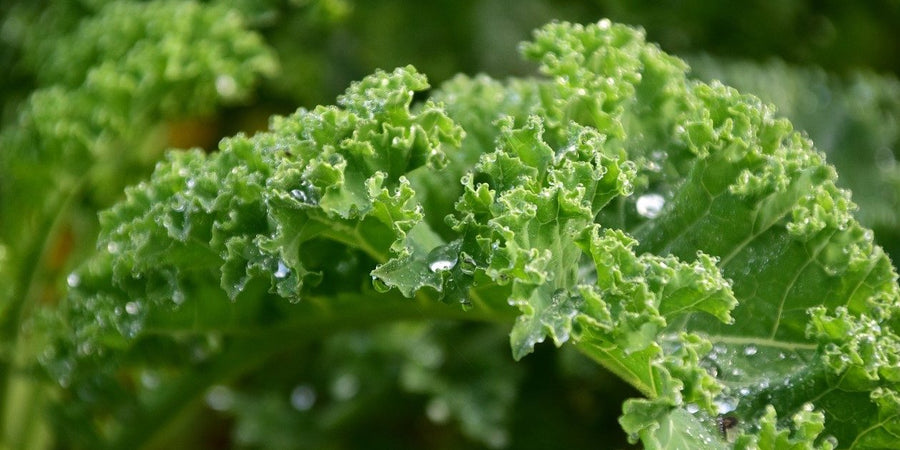September Monthly Growing Guide

This month sees the warm days on a decline and September sees the return of shortening days. Last few days to gather the last of the summer produce as wind, rain and even frost are likely to hit.
September job list
Indoors:
Frenzy continues in the kitchen, as the kitchen garden produce starts to either get frozen, stringed up, placed in hessian bags or wooden crates. But the one aroma that tells you autumn is on its way is when pungent pickling liquor which continues to fill jars stuffed with Cucumbers, Chilies and Onions fills the air.
Greenhouse/Coldframe:
Continue with minimal watering and feeding of all greenhouse plants. Harvest ripe fruit at their best. Prick and pot on young seedlings of Winter Lettuce and Pak Choi and Spinach.
Bring tender pot plants into the greenhouse, checking for pest and disease prior to settling them in the greenhouse. Take semi hardwood cutting of herbs like Rosemary, Lavender, Sage and Thyme and keep pots either in cold frame or greenhouse.
If mice pest is a problem, start Broad Beans before planting out next month. Sow in boxes or troughs quick maturing Radishes and Oriental Greens.

Outdoors:
As the summer crops are harvested, dig over the empty space that can be filled with overwintering onion sets as well as garlic varieties. Since part of the plot continues to carry the winter vegetables, do not allow the rest to be left barren.
For a continued supply of salad leaves throughout winter sow lettuce varieties that are suited to low light and low temperatures such as All Year Round, Marvel of Four Seasons, Winter Density. There are also specific winter varieties such as Vailan and Arctic King.
In addition to lettuce, you can also sow the following for eating from October through to March: Rocket, Corn Salad (Lambs Lettuce), Mizuna, Mibuna, and Landcress.
Sow overwintering Green Manure like Field Beans, Winter Mix or even Phacelia if you are new to green manure.
Green Manure performs three important jobs for your plot:
- First, they soak up any nutrients that would otherwise be washed away in winter rain. In fact, sowing a legume such as Winter Tares or Field Beans will fix nitrogen from the air.
- Second, they provide compost material and improve the soil structure
- Third, they prevent weed growth by crowding them out and that’s less work for you
Follow on Potatoes with Mustard Green Manure can be useful for curbing eelworm/wireworm issues. Beware though that Mustard is a brassica and best to avoid if you have a clubroot problem!
One of the best Green Manures for winter growth is Forage Rye. It continues to grow, albeit slowly, in cold weather and should be around 15″ tall come the spring from an early September sowing. Not only will you have a lush mass of foliage but it also produces a mass of roots that will provide humus for bacterial breakdown.
Direct sow Broad Beans, and final sowing of Turnip before the cold snap sets in. Remove and discard fallen plant debris, preventing potential pest and disease hibernating under it. Plant out strawberry runners that were secured in pots during the summer. Turn attention to soft fruit bushes and trees; removing shoots infected by powdery mildew and burning infected shoots as spores will spread in the kitchen garden if left on compost heap over the winter months.
General tasks:
Turn attention onto the compost heap. Before the cold snap sets in, turn the compost to allow air into the heap and water in if the heap, when turning, feels too dry, which will help generate heat and help matter decompose at a faster rate. Clean out and disinfect pots, store them away from harsh winter weather as plastic pots will become brittle and snap and terracotta pots will crack and break when wet and frozen.



